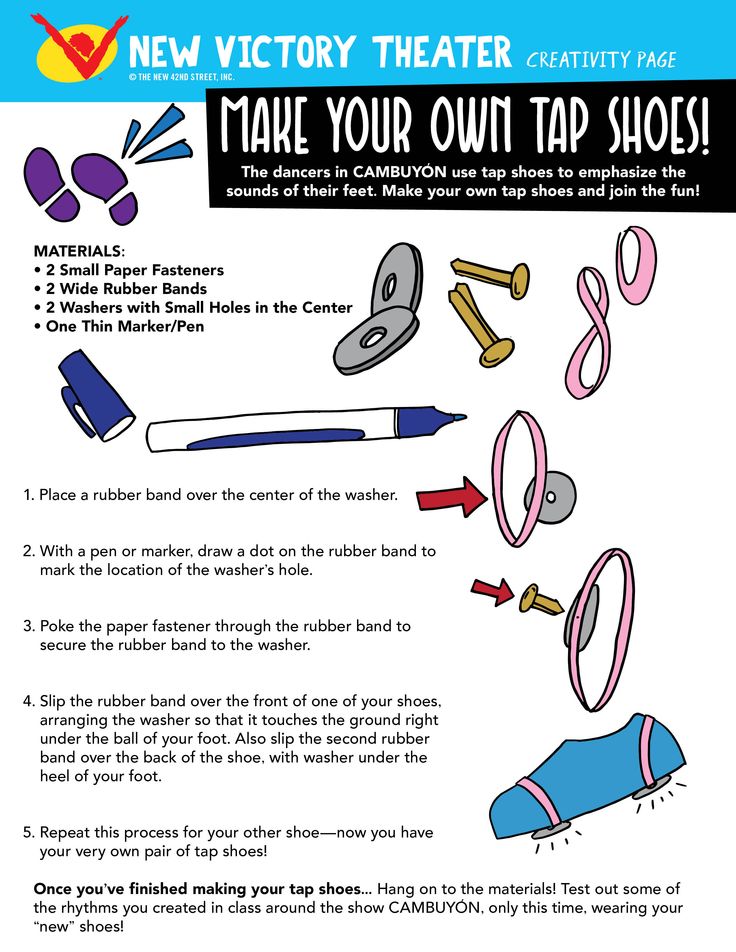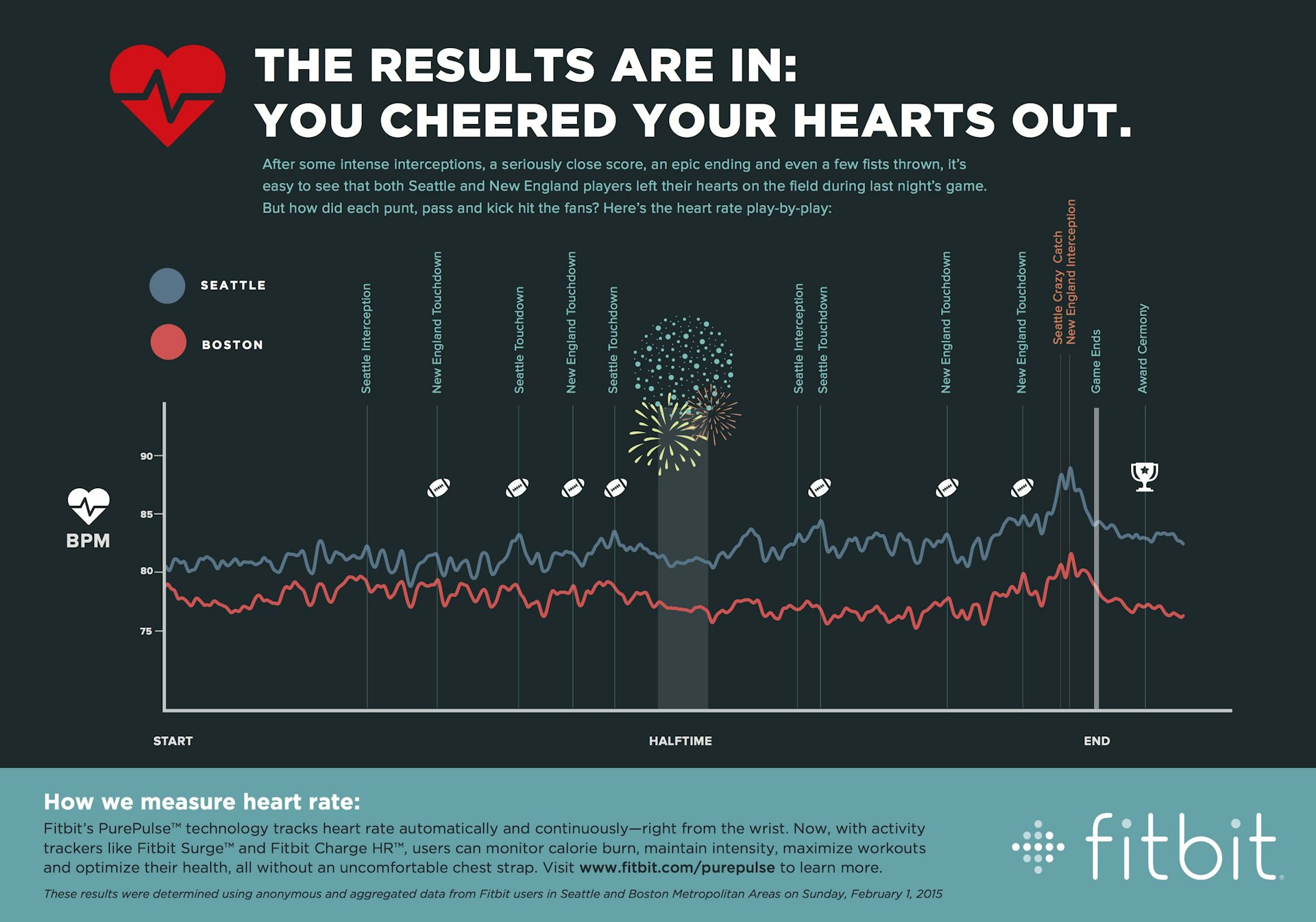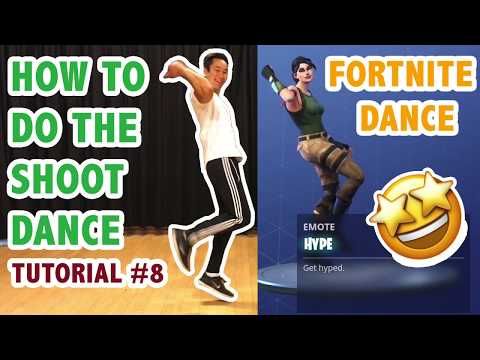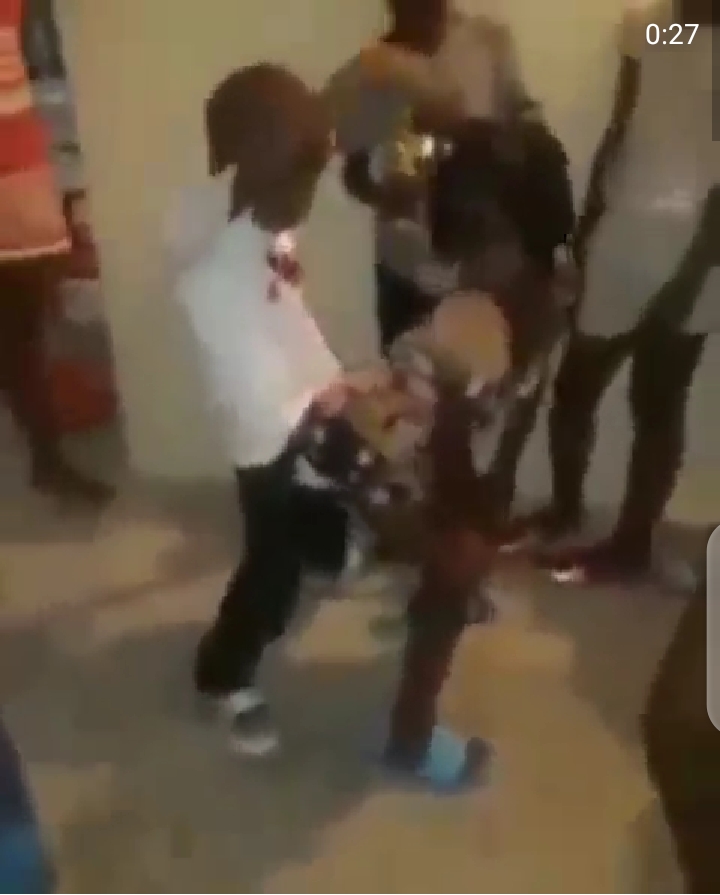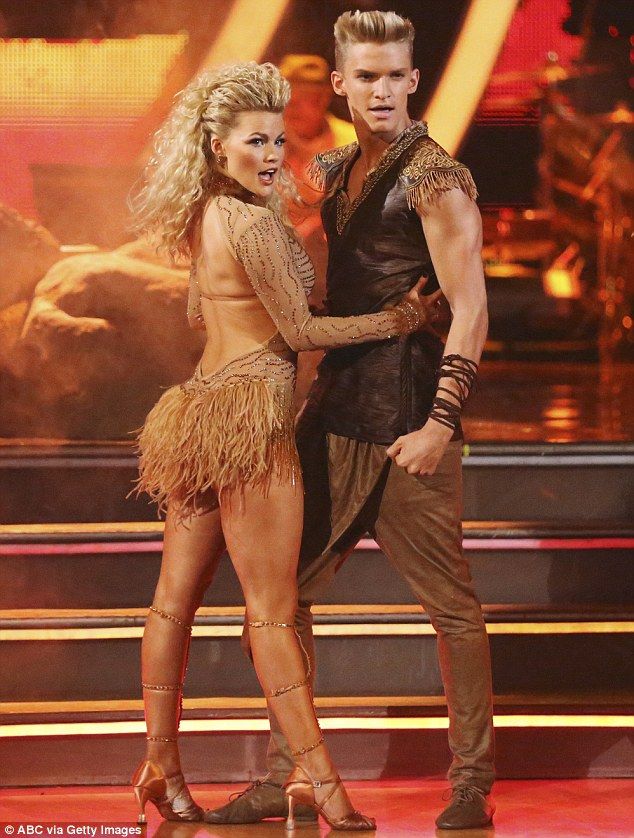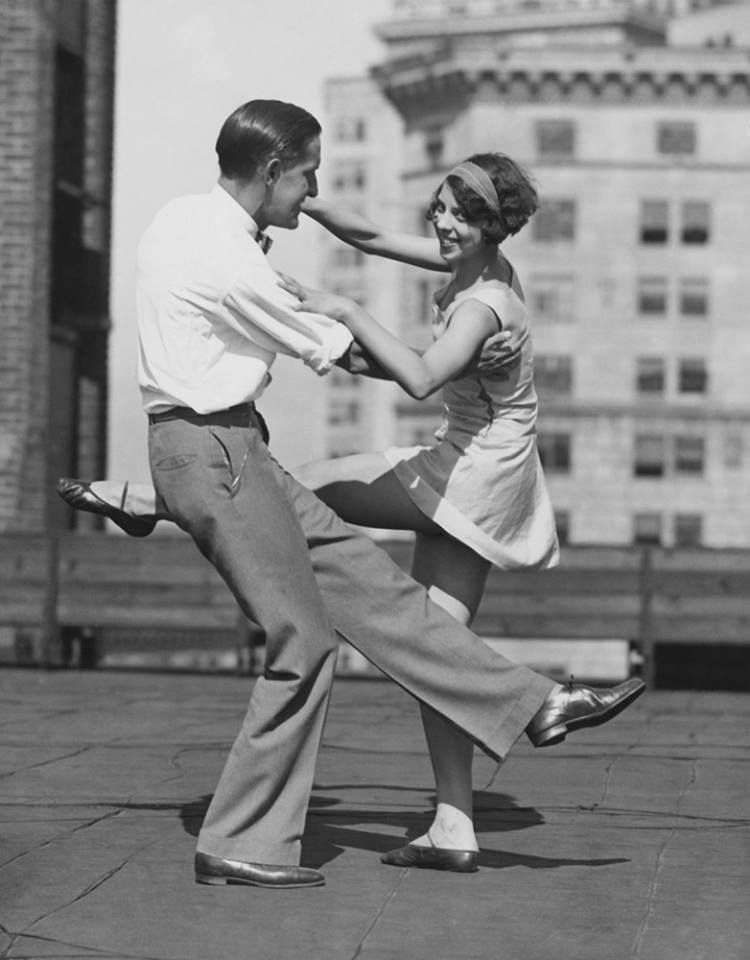How to make your own dance music
How To Make EDM Music - A Quick Guide
Do you love Electronic Dance Music? Eager to learn how to make EDM?
We’ll walk you through what you need to know if you want to start producing EDM music! You’ll see that it’s really not impossible for your songs to sound as powerful as radio hits created by some of the biggest names in the industry. Your tracks can sound like ones played by Major Lazer, Calvin Harris, AVICII, etc.
Starting pointAs a beginner in the world of EDM, you’re most likely troubled by the following questions:
- Which equipment do I need to get?
- What’s the best software?
- Should I use PC or Mac?
- Desktop or laptop?
- What is a MIDI?
- What are key production guidelines to follow?
We’ll answer all of these questions in the text below! With some effort and will on your side, you’ll be able to sound as good as Skrillex soon enough. If you still feel uncomfortable to produce EDM songs on your own, even after reading our tips, you can always opt to hire a professional music producer.
This article is intended for beginners, yes, but it also contains very helpful tips for those who have already entered the world of electronic music production. So, without further ado, let’s get down to business!
Computer: The Most Important Musical Instrument of the EDM GenreNowadays, virtually anyone can produce music.
Back in the day, the entire process was really expensive and space-consuming. You needed a whole lot of gear that you had to fit in somewhere. That is probably why many music enthusiasts preferred electric guitars instead of heavyweight, yet fragile synthesizers.
Over the past couple of years, though, large studios packed with gear were replaced by a wide range of software that simulates it. That’s why computers are described as the main instrument for creating EDM. A producer puts together different sounds using the Digital Audio Workstation, which is similar to arranging the pieces of a puzzle. After finishing the track, the producer exports out their work to an audible file, e. g. wav or mp3.
g. wav or mp3.
The Internet
A very important part of electronic music culture is the Internet. Artists paved their way to success by using services like Spotify, Soundcloud, and YouTube to upload their works. Their everyday routine also includes sharing samples among each other and downloading software provided for online purchases.
If you’re wondering how long it takes for an EDM producer to finish their track, there is really no unique answer. Depending on inspiration and skills, some artists can finish their songs in a matter of hours, and for others, it will take weeks or even months. But, thanks to advancements in technology, today’s producers have the convenience of being able to save their work and come back to it later.
Are EDM Artists Producers or DJs?People commonly use the terms “producer” and “DJ” as synonyms, but there’s a fundamental difference between the two.
A music producer is someone who plays hardware and software instruments, creates arrangements and records all that on a computer.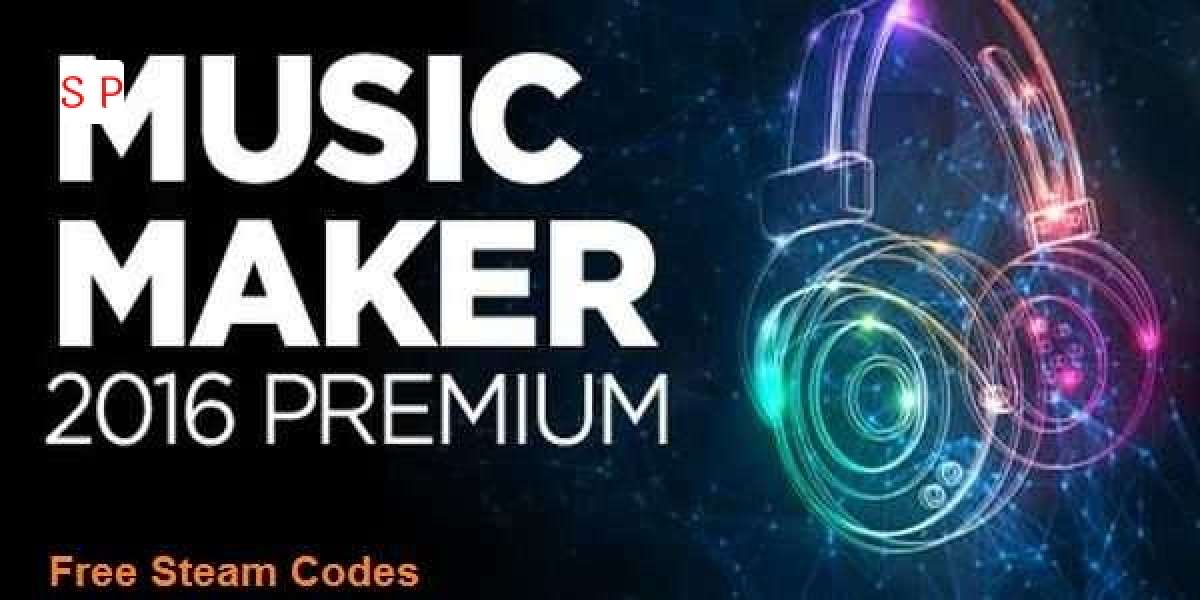 On the other hand, a DJ is a performer who plays tracks created by other people to a live audience. Of course, producers can also play music live, but they perform their original music and probably prefer not to be called DJs.
On the other hand, a DJ is a performer who plays tracks created by other people to a live audience. Of course, producers can also play music live, but they perform their original music and probably prefer not to be called DJs.
So, the next time someone asks you who your favorite EDM DJ is, they’ll most likely be thinking of a producer.
Where the Sounds Come From: The Story of MIDITo answer this question, you first need to understand what MIDI is. MIDI is short for Musical Instrument Digital Interface. It’s a technical standard which helps all the keyboards, pads, samplers and other musical gadgets in your nearby music equipment shop function.
What’s interesting about MIDI is that this standard was adopted in the early eighties and hasn’t changed to this very day. MIDI is a standardized language that allows communication between electronic instruments and computers. Every time you hit a key on your keyboard, it is recorded on your computer. That recording contains information about loudness and pitch.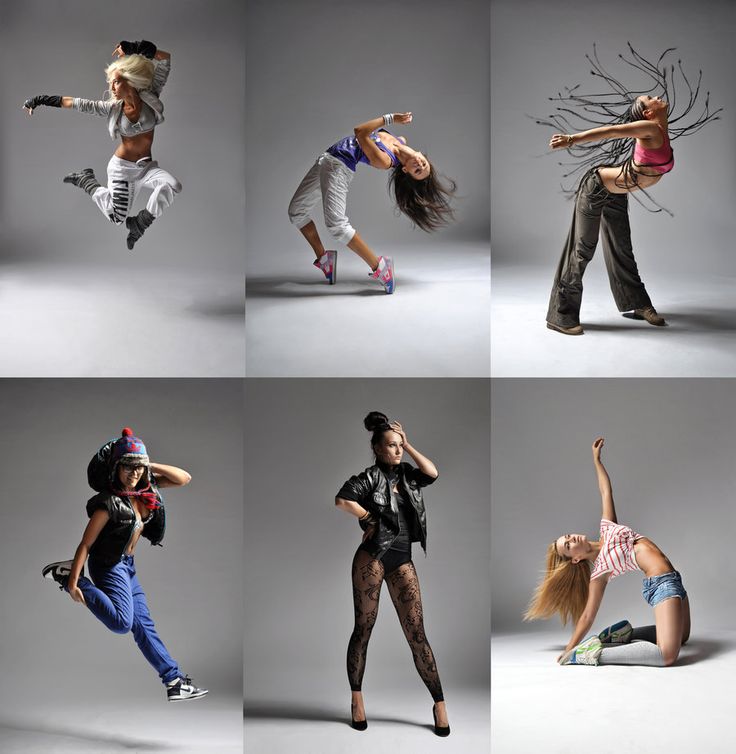 However, the best part about it is that by using different software, you can translate these information into various sounds.
However, the best part about it is that by using different software, you can translate these information into various sounds.
In other words, the same information is used for a wide range of colorful synths, beats, glitches, etc.
The HardwareIt’s really not that important whether you end up choosing a PC or Mac computer. With adequate knowledge, you can achieve the same quality for your final musical product. Performers that play live shows typically use laptops, simply because they are easy to carry with them when they’re on the road.
Generally speaking, computers produced by Apple are more reliable, and that is the reason why they are the “weapon of choice” of many famous EDM artists.
Things to have in mind when purchasing a computer for music production:
- plenty of RAM (16-32GB)
- a powerful processor (Intel i7, for example)
- a high-speed hard drive (SSD is ideal)
- a large display (if not two) with a high resolution.
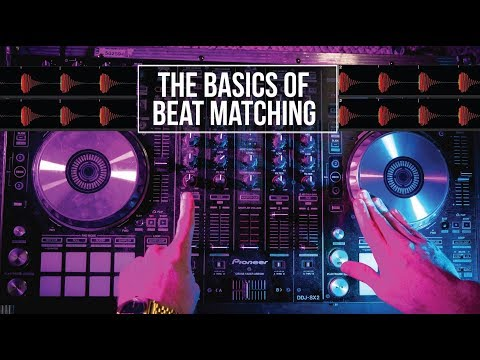
Another piece of hardware that is essential to making music is the audio interface.
Many people popularly call it the “sound card”, but it is actually an expansion that provides input and output of audio signals to and from a computer. Without it, you wouldn’t be able to use your MIDI controller or listen to your creation through the speakers. We recommend portable audio interfaces, such as Scarlett 2i2, that use a USB connection.
There is a large number of MIDI keyboard or pad controllers available on the market. If you aim to create melodic themes (like on a piano), a keyboard controller is the perfect device for you. The pad controllers are generally used for beats, breaks and sample-based tunes. Our recommendation is to buy a controller that features both keys and pads, by manufacturers such as Native Instruments, Korg, or Novation.
Last but not the least, you will need a good pair of headphones along with studio monitor speakers.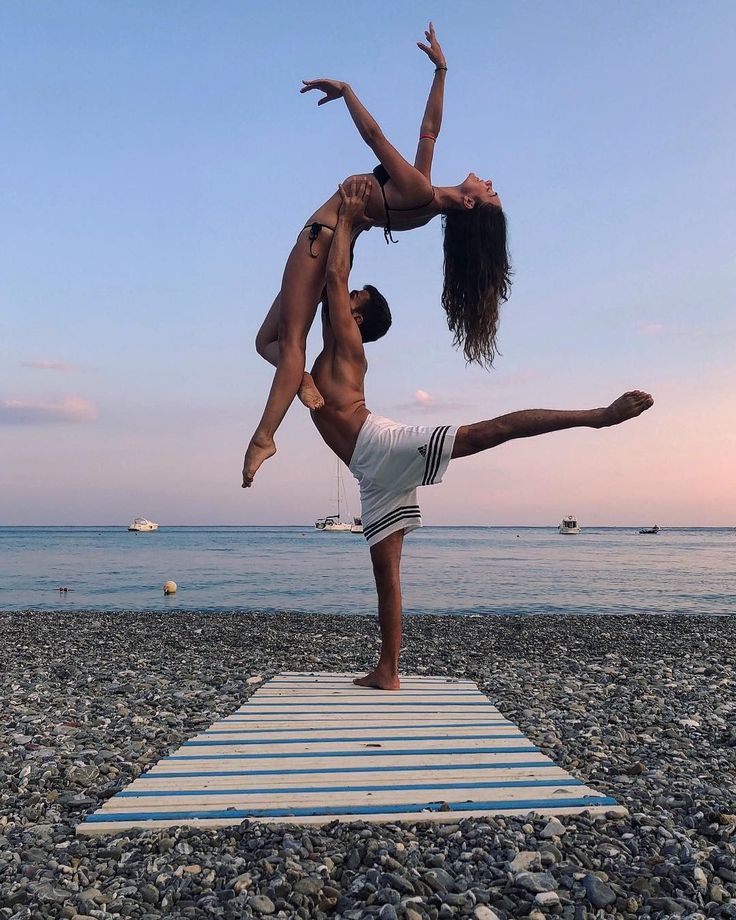 The monitor speakers are designed to provide an accurate reproduction of sound, unlike regular HI-FI speakers that are made to sound GOOD, not accurate. Manufacturers: PreSonus, ADAM, Yamaha, etc.
The monitor speakers are designed to provide an accurate reproduction of sound, unlike regular HI-FI speakers that are made to sound GOOD, not accurate. Manufacturers: PreSonus, ADAM, Yamaha, etc.
If you’re planning to record vocals and use the popular auto-tune effect, the best results are achieved with a quality condenser microphone, which is a very broad subject on its own that we’ll discuss on another occasion.
The SoftwareThe two most important software components of electronic music production are the DAW and virtual instruments.
The DAW (Digital Audio Workstation) is used for recording, editing and producing audio files. This kind of application software supports devices that operate using the above-mentioned MIDI. The most popular DAWs for EDM music are Ableton Live, Logic Pro or FL Studio. There is a plenty of very useful online tutorials (on YouTube, for example), that can help you with your DAW of choice. Being a music producer requires a lot of proactive research, so don’t hesitate to do it!
Virtual instruments and effects operate inside DAWs, and in most cases they are installed separately.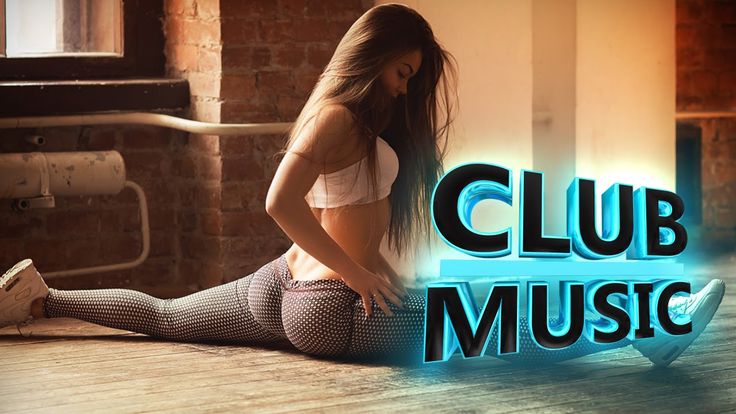 They are used for instrument simulation, manipulating the color of the sound, and many other audio production-related tasks.
They are used for instrument simulation, manipulating the color of the sound, and many other audio production-related tasks.
For example, Komplete 11 became very popular among EDM producers as of late. Apart from creating original synthesized sounds and rhythms, EDM artists often use sampling and looping of other songs.
As you may have already realized, audio production is an expensive kind of sport.
You don’t need to buy all the equipment as a beginner. A decent computer, sound card, MIDI controller, headphones and reliable speakers will be enough to start you off. Here are some advices about the important aspects of the EDM genre: recording and producing vocals, arrangements and mixing.
Creating Your First EDM TrackThe key to become an EDM producer lies in learning how to use your DAW.
As we said earlier, if you use a PC computer, FL Studio is an excellent choice. If you’re a Mac user, you should go with Logic Pro X. Ableton Live is also very popular, and its advantage is that it’s compatible with both Mac and PC. The more DAWs you master, the better your skills and flexibility will get.
The more DAWs you master, the better your skills and flexibility will get.
Making music means that you’ll have a lot of fun, but before you start, you’ll need to learn all the aspects of your DAW of choice. The best way to do that is to watch a lot of online video courses and tutorials. They also include examples that you can try to replicate while you watch them.
By saying learning to work in DAW, we also mean to get comfortable with using tons of different virtual instruments and effects that work inside of it. If you’re looking for something specific, like equalizing your synths, compressing or adding reverb, then we recommend to watch YouTube videos. There are literally thousands of videos available on the topic.
If you want to gain more systematic knowledge, which will cover the music production from start to finish, then we suggest you subscribe to some of the online video courses. Coursera contains a large collection of courses created by prestigious universities and educational institutions.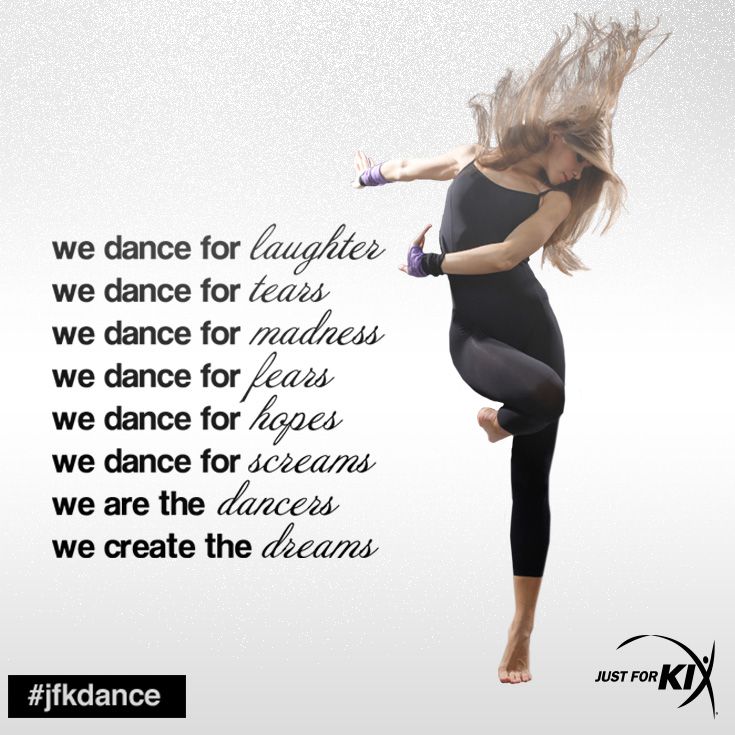 Surely you can find many courses related to EDM and music production, in general.
Surely you can find many courses related to EDM and music production, in general.
The vocals play a very important element in a track, if not the most important one. They are what makes music recognizable and memorable. So, if you decide to have singing parts in your EDM creations, then you should know there are many vocal sample packs available online.
Every serious producer has their own large bank of samples. However, if you use samples, make sure you alter them enough to become your original work, using previously described plugins. If you decide to record the vocals on your own, you’ll need an adequate microphone. Rode NT1A, would be a good choice.
The most common effects used for production of vocals are:
The equalizer — used to adjust the balance of frequencies, from the lowest to highest, in order to make the vocal “shine”.
The compressor — crucial for processing EDM vocals.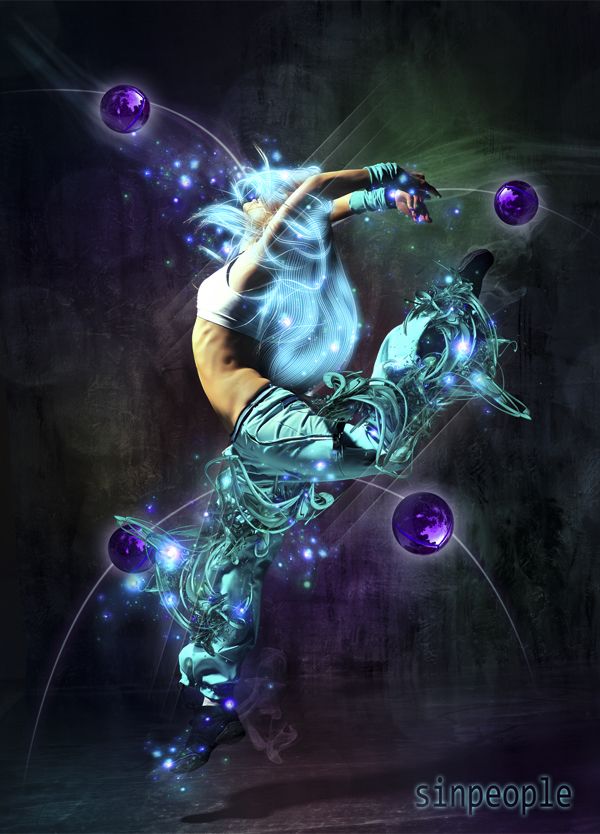 You want your singer to sound consistent and equally loud throughout the song. Compression flattens the signal by making quieter parts louder and vice versa.
You want your singer to sound consistent and equally loud throughout the song. Compression flattens the signal by making quieter parts louder and vice versa.
Auto-tune — created by Antares Audio Technologies, auto-tune is a very popular tool in this genre. Almost everybody in the music production world uses it for vocal processing to some degree. It corrects the pitch of singing to create that recognizable, artificial sound.
Reverbs, delays — this is where the fun begins! The spatial effects that make your vocals sound bigger and more powerful.
Of course, it is possible to achieve good results in home conditions, too, but nothing is as good as recording and producing vocals in a professional studio. At Supreme Tracks, you have the opportunity to hire top session singers who will turn your vocal ideas into breathtaking tracks. We offer a full range of services to artists worldwide. From writing lyrics and arranging vocal melodies, to recording lead and backing vocals – we got you covered!
Tips for Advanced EDM Production Learners
In order to help those who are a little more versed in this matter, here are some advice regarding using VST or AU plugins.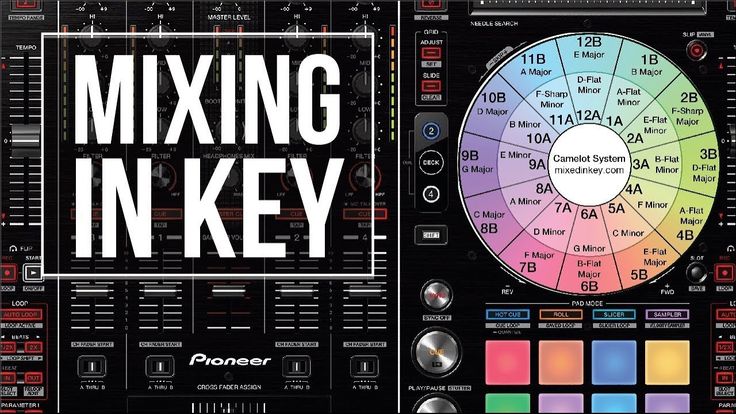 This will also serve as a useful reminder for beginners after they master their first steps.
This will also serve as a useful reminder for beginners after they master their first steps.
The general rule for equalizers — and for other effects, in general — is listen carefully and don’t overdo it. If your channel sounds good when you play it solo, doesn’t interfere with other channels in the mix, then it won’t have to be treated with an EQ.
The foundation of EDM is rhythm, so start from there.
- Use a high-pass filter to achieve clarity on kick drum or bass, by cutting everything below 40-50 Hz — this rule also applies to a whole mix!
- To emphasize the low-end, make a shelving boost of about 80-100 Hz. This is also a frequency that is important for the bass line, which is why many producers use side-chain compression, so that the bass and kick drum can be heard clearly at the same time.
- In case your mix sounds too “boomy” or “muddy”, you should consider lowering the range around 200-250 Hz.
- The range between 300 and 600 Hz can sound a little bit “boxy” if you boost it, so be careful with that.

- If you want your bass line to stand out, boost its channel around 700-800 Hz.
- Bringing out the range between 1 and 4 kHz will give presence to your keyboard or synth parts, add clarity to vocals, as well as the higher harmonics of your kick drum and snare.
- Cutting 5 kHz makes your sounds appear more distant, so it can be useful if you want to achieve that. Boosting this range will make percussive instruments really stand out.
- When you mix vocals, chances are that, in some stage, you will probably have to cut between 6–8 kHz to reduce sibilance.
- Everything above 10 kHz adds “air” to your channels or mix.
Reducing dynamics (the difference between loud and quiet parts of the track) is probably what you want to achieve with your compressor of choice. After all, it’s one of the main characteristics of EDM production approach. Compressors are widely used on effect chains of individual tracks, and on final mixes during the mastering process.
Be careful with attack and release time. if you set your compressor to attack fast, you will lose some of the transients on your beats. The ratio function serves to apply the amount of compression. For example, if you set it to 4:1, every 4 dB of your signal will be reduced to 1 dB—when the signal reaches above the set threshold.
Don’t be afraid to experiment with the threshold function. If you set it too low, it will cause the “pumping” of your track. But maybe that is what you want to achieve: excessive compression, which was considered undesirable in the past, is now a very popular effect in electronic music.
3. Using Spatial EffectsThere are no rigid rules and dogmas when it comes to using reverbs and delays. It’s a matter of your taste. You are the one who gets to decide what kind of “reflection” suits your track the best, but you should always have one thing in mind. The spatial effects are generally inserted at the end of your effect chain (after the compressor and/or equalizer).
Play with the “wet/dry” function to decide how much room, hall or plate reverb you will add to the track.
To create interesting, rhythmic effects using delay, experiment with the tempo function. If your song is 140 RPM, set the half-tempo or maybe double tempo (280 RPM) to see what will happen.
If you are in need of VST and AU plug-in packages, check out Waves or FabFilter (in case you haven’t already).
4. Mixing Your TracksYour first EDM creations probably won’t sound as loud, powerful, colorful and crisp as those hits played on dance floors. You need to practice in order to master the art of finding the perfect levels for your beats, basses and synths, especially when you mix at home.
5. Explore Different OptionsAnother important thing regarding electronic music is experimenting. You will be surprised how much the atmosphere of a song can change with simple edits. Throw in a different kick or snare drum, change the color of the leading theme, or slow down the song’s tempo.
We hope this article helps you learn how to make electronic music and improve your EDM production skills. Let us know your experience in the comments below.
If you prefer that an experienced team of music production services work on producing your EDM track – check out some of the work we’ve done.
How to Make Electronic Dance Music (EDM) – Berklee Online Take Note
Electronic dance music (EDM) is currently one of the hottest genres in popular music. From underground dance music to the global success of chart-topping electronic music producers like Calvin Harris, Skrillex, and Tiesto, the scene is growing.
Because of this explosion in popularity, there is an endless list of sub-genres in the field. Not to mention, a variety of tools and technology you can use to create the beats, sounds, and arrangements electronically. However, to become an electronic music producer, you have to be dedicated to your craft.
Whether you’ve already created a few tracks or are simply considering getting into the genre, here’s what you need to know about becoming a successful electronic dance music producer.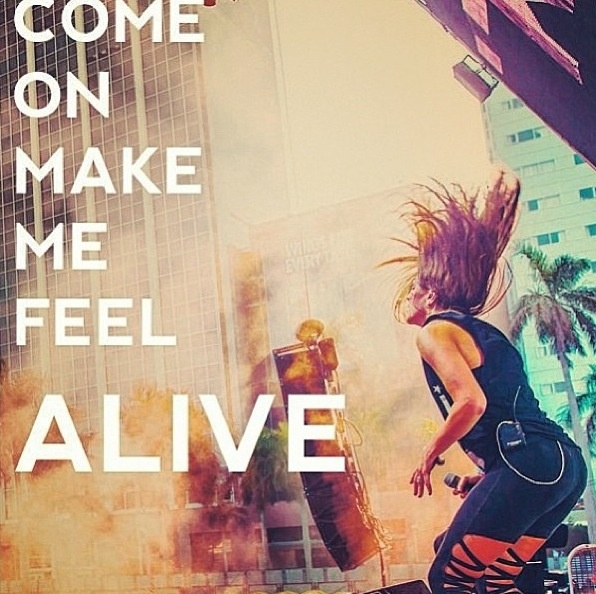
- Research different EDM artists. It’s always a good idea to explore what’s out there before forging ahead. Find what speaks to you.
- Consider what genre of electronic music you want to produce. You could pursue house, trap, ambient, dubstep, or create your own thing.
- Choose and learn a DAW. A Digital Audio Workstation (DAW) is the software application you’ll use to produce, edit, and record your music. Berklee Online offers a robust music production curriculum, with DAW-specific courses available. Some of the most popular include Logic Pro, Cubase, Pro Tools, and Ableton Live.
- Start experimenting! Take the tools you’ve acquired and make things happen. You’ll likely feel frustrated along the way, but embrace it and keep trying new sounds and arrangements until you get comfortable with the software and process.
This first stage is all about start soaking up knowledge, mastering skills, and seeing the progress.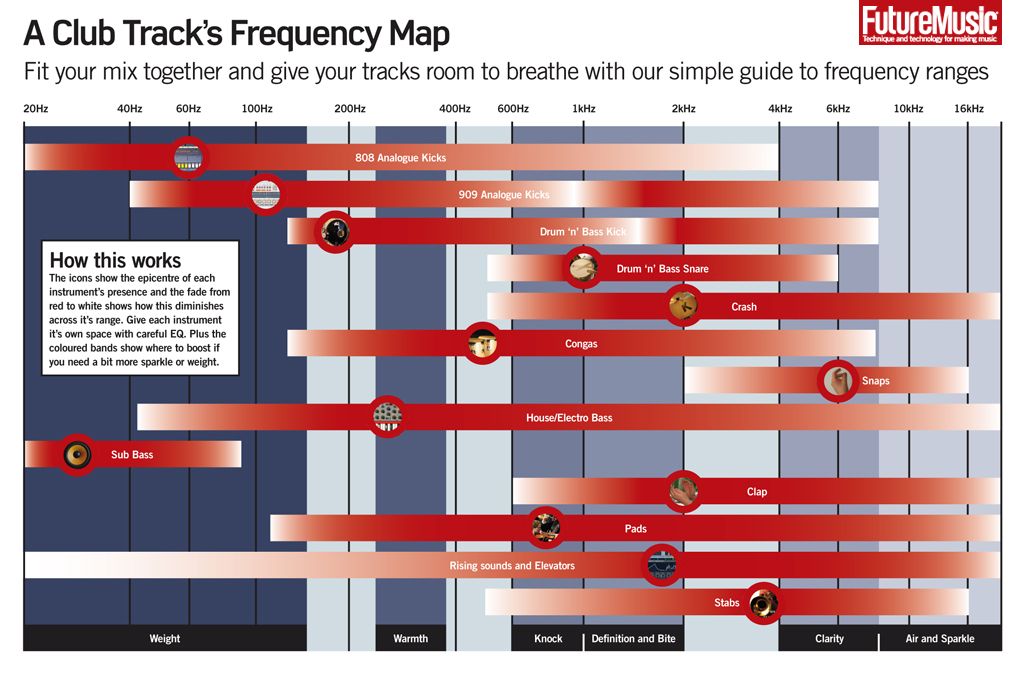 Once you’ve found your favorite DAW and are getting the hang of how things work, the EDM world is your oyster.
Once you’ve found your favorite DAW and are getting the hang of how things work, the EDM world is your oyster.
With electronic music, there are three key fundamental areas you should focus on.
- Music Theory. You may think that music theory doesn’t apply in electronic music production. But the genre is still a compilation of sounds and rhythms and relies on the same basic musical concepts.
- Arrangement. Once you’ve covered the basics there, you can move onto structure and arrangement. That way, you can take a short musical run and expand it into a full-length song. There are courses specifically designed for structure and arrangement in electronic music composition, including the Berklee Online courses Composing and Producing Electronic Music 1 and 2 and Keyboard for the Electronic Musician.
- Mixing. The final key area you need to understand is mixing.
 There are courses to help you master this concept as well, including the Berklee Online courses Mixing and Mastering for the Electronic Musician and Sound Design for the Electronic Musician. By learning the basics of digital audio and mixing best practices, you’ll figure out how to put your ideas together and come out on the other side with something you’re excited to present.
There are courses to help you master this concept as well, including the Berklee Online courses Mixing and Mastering for the Electronic Musician and Sound Design for the Electronic Musician. By learning the basics of digital audio and mixing best practices, you’ll figure out how to put your ideas together and come out on the other side with something you’re excited to present.
Becoming an electronic dance music producer takes hard work, dedication, and perseverance. Following this career path means you’ll be constantly learning about new techniques, so don’t be too hard on yourself as you evolve as both a producer and musician.
Improve, Connect, RepeatYou’ve learned the software, you’ve learned how to mix properly, and you have a few tracks ready to be released into the world. What are you waiting for?
Whether you’re releasing your music on SoundCloud or YouTube, it’s important to get feedback. It’s a daunting and vulnerable part of the process, but it’s essential if you want to grow. Send your tracks to friends as well as other electronic music producers in the industry to identify your weak points.
Send your tracks to friends as well as other electronic music producers in the industry to identify your weak points.
While you’re doing that, make connections with others in the industry and build relationships. You never know what opportunities will arise down the road. When you network with other electronic music producers, you meet potential collaborators and learn from other artists above your skill level.
At the end of the day, you have to stay passionate about the genre and excited to absorb new information every step of the way. With a solid foundation, you’ll become a master electronic music producer and continue to innovate as you create a career in EDM.
Become a better electronic music producer with Berklee! Explore our offerings:
- Bachelor of Professional Studies in Electronic Music Production and Sound Design
- Bachelor of Professional Studies in Music Production
- Master of Music in Music Production
- Electronic Music Production and Sound Design Advanced Professional Certificate
- Composing and Producing Electronic Music Professional Certificate
- Sampling and Sound Design for Electronic Music Professional Certificate
How to start dancing right now — choreographers tell
T
“It's easier to find yourself in dancing”.![]()
How to take the first step towards the fact that you like
Four professional dancer
about where to find freedom and how to stop comparing yourself with the other
Text: Aina Preston
Dasha
Michelle Beatz
Tagir Gindullin
Eva UVAROVA
Music is a universal instrument that moves the world, it is literally inscribed in our DNA. With its help, we can inspire and shape the pop culture of the present and future here and now. Music is inextricably linked with dance. Dancers feel the rhythm and are able to harmoniously complement the musical composition with movements. It is dance that gives them a powerful emotional release and helps them relax. And to feel this, it is worth taking one small risk - allowing yourself to dissolve into the music and turn off your head. How to take the first step and not be afraid to try what you are drawn to? We deal with Tommy Jeans, PRODANCES and our heroes, who found a common language with their fears and learned to express emotions through music and movements.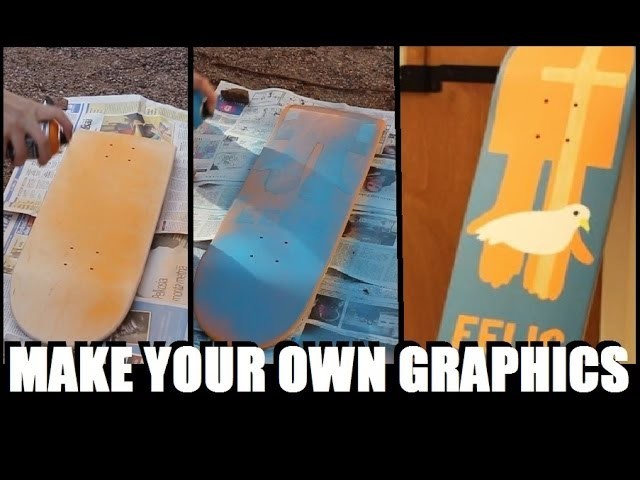 nine0003
nine0003
DASHA ROLIK
DASHA ROLIK
Choice between directions
I consider myself a versatile artist, doing several types of dance, but most of all I am known for the Vogue culture. This is not just a dance style, but a whole culture about protecting the rights of sexual minorities. This culture is very daring: here and now you can look whatever you like - fully comply with fantasies, externally and internally, carry yourself proudly, inventing new images. Vogue is a great occasion to dress up, surprise, delight. Exactly 10 years I have been developing in this direction, and it does not bother me, I constantly learn new things. nine0003
Synergy of dance and music
Good composition inspires dance. First came the music, then came the dance. But it also happens that a dance is born in silence, without sounds: when you have the right mood and a visualization of movements is born in your head. But this comes with experience. Of course, dance and music are closely related.
Of course, dance and music are closely related.
An alternative to dancing
Now, in parallel with dancing, I am developing as a director, producer and co-organizer of dance events, doing photography and video. Therefore, it seems that if it were not for the dance, then my activity would be connected with the organization of cultural events. I like to create, develop and bring something new, inspire myself and others, reveal people, come up with new ideas. I also love to cook, so I could be a great cook. nine0003
How the image begins
I focus on my mood, how I look: I can be in different weights, with different colors and lengths of hair. Trends play an important role here. Of course, first of all, I start from my expectations and how I want to look. I try not to repeat myself, to be different. I ask myself what kind of makeup I want: bright, aggressive, calm, romantic, defiant. Do I want to be sexy or conservative. This is how I collect the image.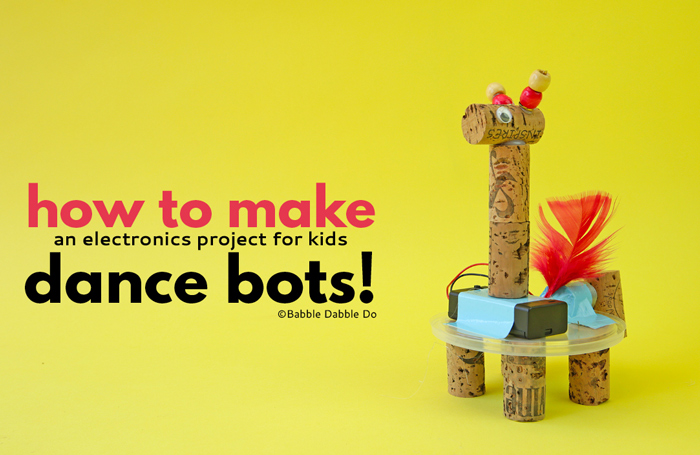 I take things from my own wardrobe or turn to stylists, ateliers, sometimes I can rent something from showrooms. Creating an image is always very interesting, it helps to show creativity. nine0003
I take things from my own wardrobe or turn to stylists, ateliers, sometimes I can rent something from showrooms. Creating an image is always very interesting, it helps to show creativity. nine0003
Uniqueness - awareness
Comparison does not give us anything, it takes energy and strength that can be spent on developing and multiplying potential. The uniqueness must really be realized, each person defines himself. Sometimes you need to think about what you want. As soon as you realize your own value, then claims to yourself will disappear. You can’t compare your beginning of the path with someone else’s middle.
Finding yourself
It is not worth holding on to people and things, no matter how selfish it may sound. Then you will understand what you like, and what is imposed by society. When looking for your own business, it is important to start from inner feelings, focus on those very “butterflies in the stomach”. nine0003
Philosophy of dance
Dance is body language. I dreamed of being a presenter, but oratory is difficult for me, it’s easier for me not to speak, but to dance. When I hear music, I breathe, the body emits vibrations, vibrations are reflected in the plasticity of forms, in movements, emotions. Dancing helps to develop personality. It's a unique way of expressing yourself. Sometimes words are not needed to understand us.
I dreamed of being a presenter, but oratory is difficult for me, it’s easier for me not to speak, but to dance. When I hear music, I breathe, the body emits vibrations, vibrations are reflected in the plasticity of forms, in movements, emotions. Dancing helps to develop personality. It's a unique way of expressing yourself. Sometimes words are not needed to understand us.
MICHELLE BEATZ
MICHELLE BEATZ
Sports and creativity
My dancing journey began 10-12 years ago. I quit playing professional football, where I got seriously injured, burned out emotionally and physically, and could not walk normally. A friend called me to support him at a dance performance, where I saw how people can control and feel their body, I missed this in football. I think dance and football are similar: football also has a pace, a rhythm, it's a dance with a ball. But the structure is different, football is a sport, and dance is creativity. nine0003
The right music
I'm looking for music on streaming services. Usually I think about which track is more suitable for a performance, I put on performers who meet the requirements, and I look for a suitable track. Everything is pretty simple.
WHEN THERE IS NO INSPIRATION
Usually at such moments I get distracted: I review some large-scale shows, performances of stars, listen to music. There is another way - to abstract. If everything is tired, you need to give yourself time to relax, switch to another activity. You can cook food, watch a movie. Taking a break from what you do all the time can provide inspiration and motivation. nine0003
Dance clothes
Clothes are one of the main attributes of dance. It gives character to movements, creates mood. I love to dance in jeans, voluminous t-shirts. It is very important for dancers that we ourselves like how we look, this sets the tone for the performance.
Comparing is okay
When you're at the start, it's okay to compare yourself to others. Helps you understand what you are missing. But then it is better to focus on your own feelings. Everyone has their own style, physiology and musicality, you just need to work on technique. When people follow someone, try to copy, it only leads them astray. nine0003
Helps you understand what you are missing. But then it is better to focus on your own feelings. Everyone has their own style, physiology and musicality, you just need to work on technique. When people follow someone, try to copy, it only leads them astray. nine0003
Tune TO
Friendship with Tommy Jeans
The first project with Tommy Jeans was something very unusual for me. I got to know the brand better, learned a lot of new things, despite the fact that I have been wearing their clothes for a long time. The collaboration was a pleasant surprise. The emotions are very cool, I hope that in the future we will be friends and work with Tommy Jeans.
MY JEANS
TAGIR GINDULLIN
TAGIR GINDULLIN
The main thing is to continue
I have been dancing for 16 years and I never once thought of quitting. In 2012, I broke my arm, and after the operation there was practically no rehabilitation period - two weeks later I was already in the gym. For some time he danced only on his feet, with his hand bandaged, and two months later he already participated in the championship. With apprehension, of course, but he participated. The main thing here is to continue.
Hobby can become a profession
I have been dancing since I was 10 years old, but in childhood I did not realize what and why I was doing, did not set big goals. Some results began to appear in the first years of training. At the age of 14, I went to live in Moscow, without parents, then the realization came that dancing could become my life's work. This transition of a hobby into a profession happened very smoothly and organically, but it could not be otherwise. nine0003
Music is paramount
When it comes to performing, music is very important. If the audience likes the composition, then my solo will definitely be remembered. It is also important for me how my body and soul respond to the track. At competitions, the DJ is responsible for the music, the dancers do not know what they will perform under. This is freestyle, improvisation, connection with the composition. If you fall into a musical "pit" during a battle - this is the most difficult moment, you need the right settings. In general, music is paramount. If the dance has a great soundtrack, then there are more chances to show your maximum. nine0003
This is freestyle, improvisation, connection with the composition. If you fall into a musical "pit" during a battle - this is the most difficult moment, you need the right settings. In general, music is paramount. If the dance has a great soundtrack, then there are more chances to show your maximum. nine0003
Clothing as a guide
I wear what I feel comfortable and easy to move in. I perform mainly in sports things. In breakdancing, style is very important. I always separate things: for everyday life, training, competitions, festivals. Each separate occasion requires a corresponding image.
Metamorphoses in a career
At the very beginning of the journey, it was not difficult at all: there were no obligations, deadlines, projects. I remember that in my childhood a bank was built next to my house and tiles were laid - I was happy just because I could spin on this tile. Now it is more difficult - more responsibility. You begin to treat your body differently, study yourself, fill bumps. For example, there is such an element of air twist (power rotational movement in breakdance), all my life I did it intuitively, and only after 10 years I realized that there is a technique that you just need to master. nine0003
For example, there is such an element of air twist (power rotational movement in breakdance), all my life I did it intuitively, and only after 10 years I realized that there is a technique that you just need to master. nine0003
The excitement hasn't gone away
I've competed in championships in over 30 countries, performed on big stages, acted in TV projects, but the excitement hasn't gone away. At small events, it is a little less, but at the World Cup, where legends look at you, this feeling pervades the body. I use it to my advantage - as soon as I take a step, I release adrenaline and accelerate.
Everyone is unique
We are all special, no two people are the same. Uniqueness is not something to strive for, it is already in everyone. You need to be able to feel yourself and your needs, to do what you really like. Working on oneself and realizing one's potential is what makes a person himself. nine0003
Eva Uvarova
Eva Uvarova
restrictions and freedom
since childhood I have been engaged in gymnastics (until the video with my VOG was scattered on the Internet) and today I understand - both sports and dancing require a full return. In addition, they become part of your life, which brings you a storm of emotions. The main difference is that in sports you are limited, you adhere to discipline, and in dancing you are free, open to new things. It is easier to find yourself in dancing. nine0003
In addition, they become part of your life, which brings you a storm of emotions. The main difference is that in sports you are limited, you adhere to discipline, and in dancing you are free, open to new things. It is easier to find yourself in dancing. nine0003
Dancing is an opportunity
A professional dance career has opened up many opportunities. Thanks to dancing, I met interesting people - sport would hardly have given me such a chance. The people who appeared in my life incredibly support and inspire me, it helps to develop. I was able to visit different countries, see what other dancers are capable of. I also starred in music videos, collaborated with major brands, for example, in October I participated in the Tommy Jeans x PRODANCE project for the first time. Then I was able to show my dance to a large audience and proved to myself that I can achieve a lot. I have long liked the Tommy Jeans brand, and the opportunity to work together made me very happy. nine0003
Style is a mix
Honestly, I can't describe my dancing style in one word. I tried many directions, most of all contemporary or modern dance resonates with me. The plasticity and technique of this style are very close to me, I like the sensations during movements. To summarize, my dance style is a mix of different directions, improvisation, taking into account different dance experiences.
I tried many directions, most of all contemporary or modern dance resonates with me. The plasticity and technique of this style are very close to me, I like the sensations during movements. To summarize, my dance style is a mix of different directions, improvisation, taking into account different dance experiences.
Motivation and willpower
Willpower helps to achieve goals. I make decisions and start working and giving my best. If you really do what you love, then no additional motivation is needed. What you love doesn't require much effort. nine0003
Clothes are a reflection of yourself
Clothes help complete the dance. If I go to hip-hop, then I choose voluminous things. I associate this style with freedom, so clothes should not hinder movement. If I go vogue, I choose tight-fitting clothes that emphasize the curves of the body and help me feel more confident.
Music guides
Place of music in dance
Normally dancers choose music first.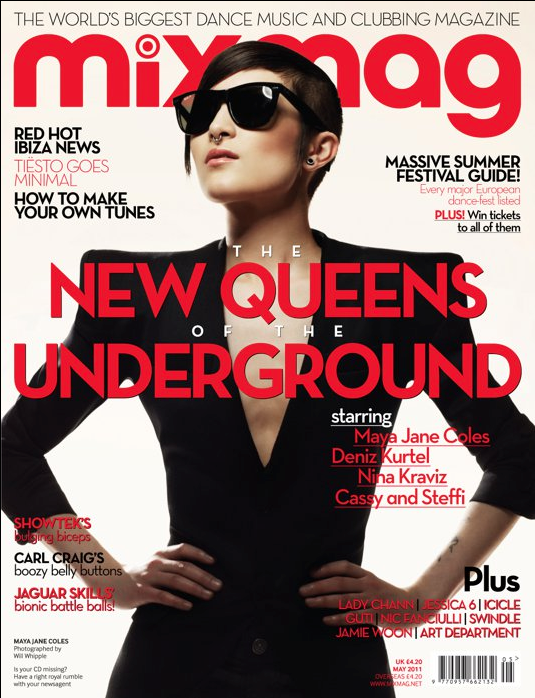 With the help of the body, we try to convey the lyrics of the song, the mood. I first look for a track, and then I select a choreography that describes the melody, words and feelings. nine0003
With the help of the body, we try to convey the lyrics of the song, the mood. I first look for a track, and then I select a choreography that describes the melody, words and feelings. nine0003
onward
Comparison is a fine line
By comparing, we evaluate ourselves, and this affects our confidence, general condition and desire to move on. Comparison sometimes helps you identify your strengths and weaknesses, but most people tend to look for flaws in themselves, so more often it is quite destructive and interferes with the implementation of plans. There is a fine line here: if a person is able to objectively evaluate his own and other people's abilities, then the comparison is acceptable, but if not, it is better not to even start. nine0003
Become part of the community
Tommy Jeans Global Brand Initiative supports talented people who are disrupting the existing order for positive change.
Right now @tommyjeans is becoming a content platform where everyone can get creative and take the first step towards their dreams.
For example, take part in a competition and get the opportunity to win an online course, during which you will be supported by choreographers in a private chat. There will also be prizes from Tommy Jeans and PRODANCES. nine0003
WHAT TO DO?
Post your story on Instagram about why you want to dance. It can be a short video with a story, a dance, or a photo with text. The main condition is to mark three accounts: @tommyjeans, @tancy.pro, @theblueprint.ru.
On March 23, we will choose the 50 most inspiring stories, and their authors will receive prizes and the opportunity to completely change their lives.
Learn more about Tommy Jeans X PRODANCE
Tommy Jeans supports those who want to express themselves in a new way, discover new talents and emphasize their own uniqueness. Look for the brand's classics and the new spring collection in branded stores in Moscow:
Metropolis shopping center
2nd floor
European shopping center
3rd floor, atrium Berlin
Aviapark shopping center
1st FLOOR, OPENING 20 MAGINA "width":1200,"column_width":86,"columns_n":12,"gutter":15,"line":15}false7671300falsetruetrue[object Object]{"mode":"page","transition_type":"slide ","transition_direction":"horizontal","transition_look":"belt","slides_form":{}}{"css":".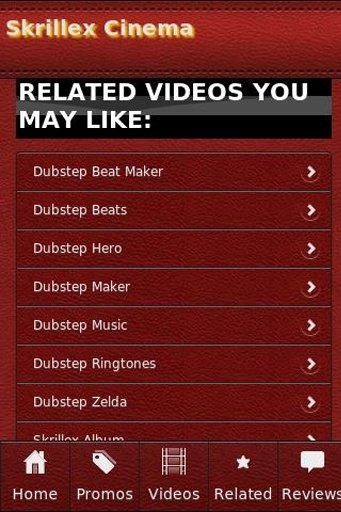 editor {font-family: tautz; font-size: 16px; font-weight: 400; line-height: 21px;}"}
editor {font-family: tautz; font-size: 16px; font-weight: 400; line-height: 21px;}"}
How to choose music for your solo dance
Choosing music can be a really exciting part of soloing! Even if you don't consider yourself a music lover, you can still find the perfect song that complements and challenges your performance and dance style. While you may be aware of the obvious music paths (Hey, Friday's new music playlist on Spotify! ), there are a few lesser known methods to help you find a great song that you can really attack with. Once you've found a collection of music that you like, how do you decide which one is right for your solo or competition? Let's find out! Finding New Music If you've been tasked with finding your own song for your solo, you'll want to sharpen your music skills. You may have a library full of popular songs and great music, but our musical tastes don't always match our dancing style. Also, it can be a great idea to try and find a song that complements and challenges you.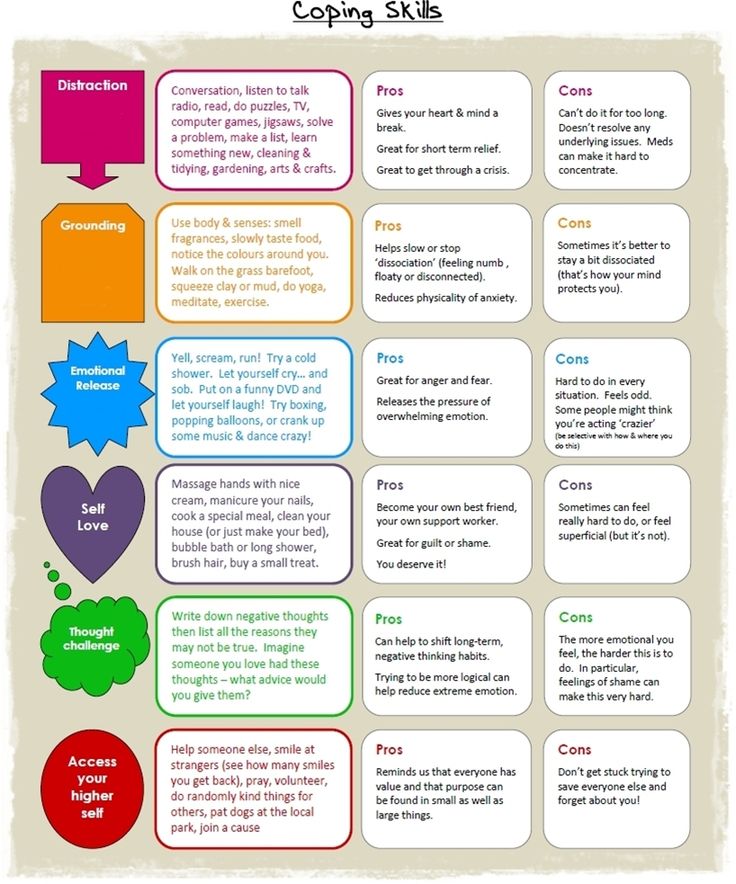 Finding new music can be a great way to choose something that suits you enough, but also provides something exciting and different from your dancing! Finding a new song that you enjoy dancing to is one of the best feelings in the world. So, even if you already have a few ideas, in any case, try to search. After all, as an artist, you can learn a lot from hearing something new! An intelligent playlist of the most common and dance-oriented! If you use a music streaming service such as Spotify, Apple Music or Pandora, you probably familiar with this kind of playlist. With Pandora, you can create a "radio" based on your favorite artist or album and find music similar to what you already like. On Spotify, you can do the same for a specific song, or click on the "Fans Like Too..." tab to see what other listeners of your favorite artist or band are listening to. On Apple Music, you can create smart playlists with various qualifications, such as choosing songs that have a "zero games score." It's great to choose music that you saved once but never played again! nine0005 Klee Conservatory Dancer Megan Goldstein says, “I feel like Spotify is a great source to find music… I usually find one artist I like and go from there by clicking on their albums or similar artists.
Finding new music can be a great way to choose something that suits you enough, but also provides something exciting and different from your dancing! Finding a new song that you enjoy dancing to is one of the best feelings in the world. So, even if you already have a few ideas, in any case, try to search. After all, as an artist, you can learn a lot from hearing something new! An intelligent playlist of the most common and dance-oriented! If you use a music streaming service such as Spotify, Apple Music or Pandora, you probably familiar with this kind of playlist. With Pandora, you can create a "radio" based on your favorite artist or album and find music similar to what you already like. On Spotify, you can do the same for a specific song, or click on the "Fans Like Too..." tab to see what other listeners of your favorite artist or band are listening to. On Apple Music, you can create smart playlists with various qualifications, such as choosing songs that have a "zero games score." It's great to choose music that you saved once but never played again! nine0005 Klee Conservatory Dancer Megan Goldstein says, “I feel like Spotify is a great source to find music… I usually find one artist I like and go from there by clicking on their albums or similar artists. Plus, Spotify's weekly Discover playlist is a great way to discover new music! Blogs and a podcast! By doing this, you get a lot of behind-the-scenes information that can actually inform not only the production of your solo, but also how you feel about music as a dancer. Listening to a musician or producer explains the process of making music and can deepen your understanding of the songs you listen to. And you'll learn about new music in the process, or learn more about popular songs you already know and love! Popular Music Blogs are Pitchfork, The Guardian, Paste and NPR. Popular Music Podcasts is a Song Exploder and all songs are covered. If you want a really rich experience while searching, try tiny tables and show colors on YouTube. Be an active listener in the daily life of a richer listening experience, you can practice active music listening when you hear the music playing! If you are watching a movie and you like the song you hear, look at the soundtrack of the whole movie. There may be songs or parts of songs that you haven't heard that you like! If you're hanging out and having fun with your friends and they're playing a good song, feel free to ask them who it is.
Plus, Spotify's weekly Discover playlist is a great way to discover new music! Blogs and a podcast! By doing this, you get a lot of behind-the-scenes information that can actually inform not only the production of your solo, but also how you feel about music as a dancer. Listening to a musician or producer explains the process of making music and can deepen your understanding of the songs you listen to. And you'll learn about new music in the process, or learn more about popular songs you already know and love! Popular Music Blogs are Pitchfork, The Guardian, Paste and NPR. Popular Music Podcasts is a Song Exploder and all songs are covered. If you want a really rich experience while searching, try tiny tables and show colors on YouTube. Be an active listener in the daily life of a richer listening experience, you can practice active music listening when you hear the music playing! If you are watching a movie and you like the song you hear, look at the soundtrack of the whole movie. There may be songs or parts of songs that you haven't heard that you like! If you're hanging out and having fun with your friends and they're playing a good song, feel free to ask them who it is. If you're shopping and hear a song in the background that interests you, Shazam It! The more you train your ear to listen to good songs, the more you will start to find every day. It's science! Picking the right song for your Solookay so you now have a music library to die for and you must choose one to dance to. Now what? nine0005 Klee Conservatory Emiliano Jimenez has a specific process for finding songs for solos that he choreographs for himself or other dancers. He says, “I start with visuals and choreography. I'll be talking to someone I'm choreographing a solo for, and I'll start imagining what colors they remind me of and what kind of movement I see. I think: “Do I want to do something that reflects them or do I want to do the opposite?” Emiliano says that after he started creating a choreographer, he would spend hours looking for the right song! His approach is to create the choreography with vision first and choose the music second. “I would like to have a composer. I think finding a song after you have the movement is more difficult, but I love doing it,” he says.
If you're shopping and hear a song in the background that interests you, Shazam It! The more you train your ear to listen to good songs, the more you will start to find every day. It's science! Picking the right song for your Solookay so you now have a music library to die for and you must choose one to dance to. Now what? nine0005 Klee Conservatory Emiliano Jimenez has a specific process for finding songs for solos that he choreographs for himself or other dancers. He says, “I start with visuals and choreography. I'll be talking to someone I'm choreographing a solo for, and I'll start imagining what colors they remind me of and what kind of movement I see. I think: “Do I want to do something that reflects them or do I want to do the opposite?” Emiliano says that after he started creating a choreographer, he would spend hours looking for the right song! His approach is to create the choreography with vision first and choose the music second. “I would like to have a composer. I think finding a song after you have the movement is more difficult, but I love doing it,” he says.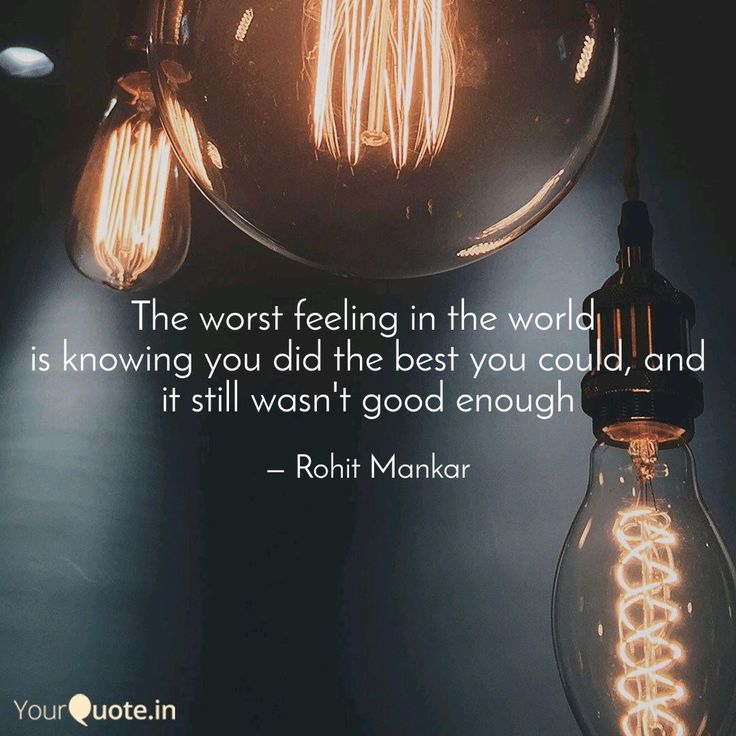 Whether you create movement in the first place like Emiliano, or are your dances inspired by the music you heard like Megan, we have some tips for narrowing down your options. Squeeze it if you have a few options you like, it's probably time to start dancing for them! Taking the time to improvise and record yourself dancing is one of the best ways to see if you're really into a song. But it's important not to stress parts of the song that you don't have inspiration for yet. The rehearsal and choreography process is creative, which means you have the time and space to figure it out! If the song as a whole feels as good, then it probably does. (And often the parts of the dance that we care about the most can become our favorites later!) If you have a song you like but worry it's too popular, you can find a cover, a translation, or a live version. These different variations will inform your work in subtle but important ways and can be a really fun way to stand out from the crowd on stage.
Whether you create movement in the first place like Emiliano, or are your dances inspired by the music you heard like Megan, we have some tips for narrowing down your options. Squeeze it if you have a few options you like, it's probably time to start dancing for them! Taking the time to improvise and record yourself dancing is one of the best ways to see if you're really into a song. But it's important not to stress parts of the song that you don't have inspiration for yet. The rehearsal and choreography process is creative, which means you have the time and space to figure it out! If the song as a whole feels as good, then it probably does. (And often the parts of the dance that we care about the most can become our favorites later!) If you have a song you like but worry it's too popular, you can find a cover, a translation, or a live version. These different variations will inform your work in subtle but important ways and can be a really fun way to stand out from the crowd on stage. You can choreograph for audience sounds in a live recording or feel freer in your movement by dancing to a song that is in another language. nine0005 TIP: It's also a good idea to listen to your song on both headphones and stereo speakers, as your dance music may sound different on each. It's easier to pick up smaller parts when you're wearing off-road headphones. CLI instructor and Justin Timberlake choreographer Marty Koudelka even wears "ear monitors" to hear every accent in a song before he choreographs. This is a special type of headphone that live performers wear on stage! No need to get this fancy, but it shows that how the music is heard really matters. Editing and other concerns, if your solo is for a movie or big show, you may have to make usage and editing decisions based on copyright song rights. However, if the solo is for a dance competition or smaller show, you probably need to worry less about it. If you try to post the video to your social networks, you may run into copyright issues later if you don't have explicit permission from the artist to use the song.
You can choreograph for audience sounds in a live recording or feel freer in your movement by dancing to a song that is in another language. nine0005 TIP: It's also a good idea to listen to your song on both headphones and stereo speakers, as your dance music may sound different on each. It's easier to pick up smaller parts when you're wearing off-road headphones. CLI instructor and Justin Timberlake choreographer Marty Koudelka even wears "ear monitors" to hear every accent in a song before he choreographs. This is a special type of headphone that live performers wear on stage! No need to get this fancy, but it shows that how the music is heard really matters. Editing and other concerns, if your solo is for a movie or big show, you may have to make usage and editing decisions based on copyright song rights. However, if the solo is for a dance competition or smaller show, you probably need to worry less about it. If you try to post the video to your social networks, you may run into copyright issues later if you don't have explicit permission from the artist to use the song.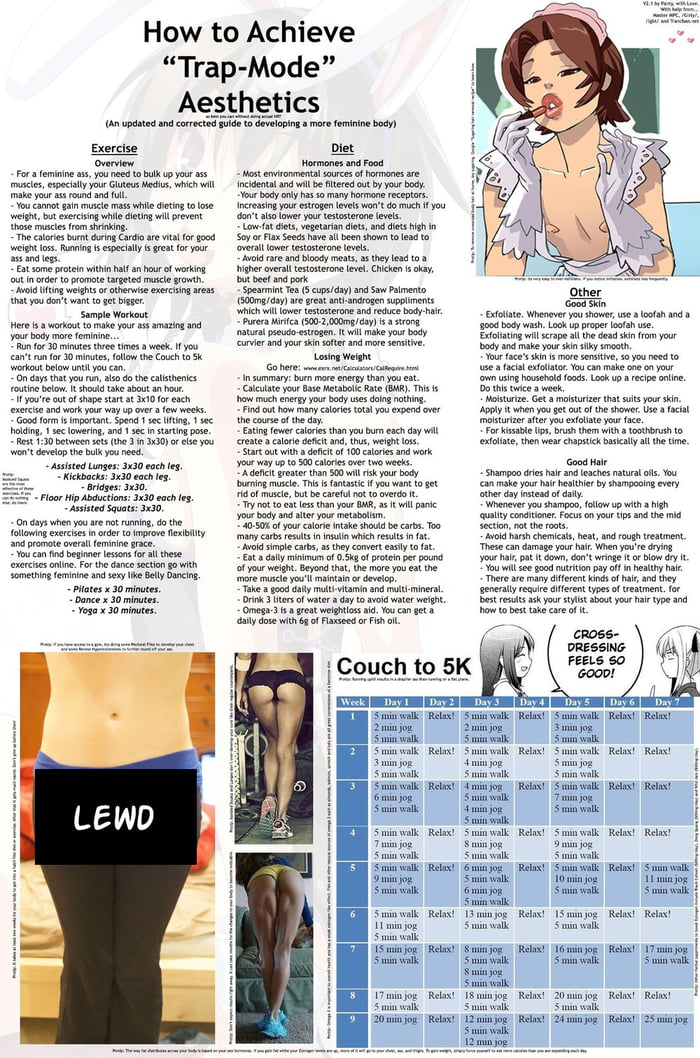 But it's a little more complicated, and not what we're focusing on in this article! So let's assume that you can use the song you chose and that you have a free board to edit the song as you choose. If you know that you have the ability to edit, or have access to someone who does, that knowledge can help you choose a song. If you don't like a certain part, the intro is too slow, or the ending isn't strong enough, you can change it with editing! GarageBand is an Apple app that comes pre-installed on Macs and is super user-friendly. So, when you're choosing music, don't immediately release songs if they're not perfect. Instead, think about how you can play with it! Emiliano has mentioned that he sometimes adds beats and rhythm to songs he feels are "too cold" for his dance. nine0005 Finally, we gave advice, assuming that you are in charge of the song and perhaps the choreography for your solo. If you're in a collaborative process, or you're not responsible for choosing your own music, you can always show the choreography and songs you like to the person who chooses the song.
But it's a little more complicated, and not what we're focusing on in this article! So let's assume that you can use the song you chose and that you have a free board to edit the song as you choose. If you know that you have the ability to edit, or have access to someone who does, that knowledge can help you choose a song. If you don't like a certain part, the intro is too slow, or the ending isn't strong enough, you can change it with editing! GarageBand is an Apple app that comes pre-installed on Macs and is super user-friendly. So, when you're choosing music, don't immediately release songs if they're not perfect. Instead, think about how you can play with it! Emiliano has mentioned that he sometimes adds beats and rhythm to songs he feels are "too cold" for his dance. nine0005 Finally, we gave advice, assuming that you are in charge of the song and perhaps the choreography for your solo. If you're in a collaborative process, or you're not responsible for choosing your own music, you can always show the choreography and songs you like to the person who chooses the song.